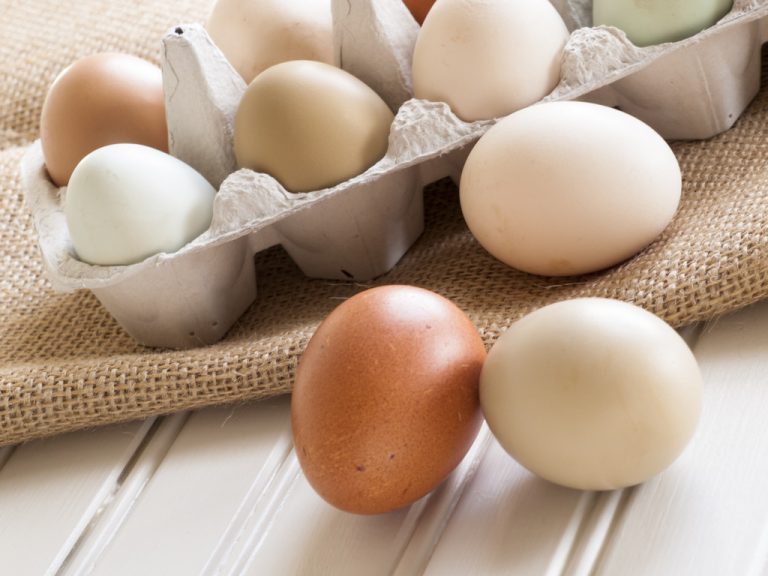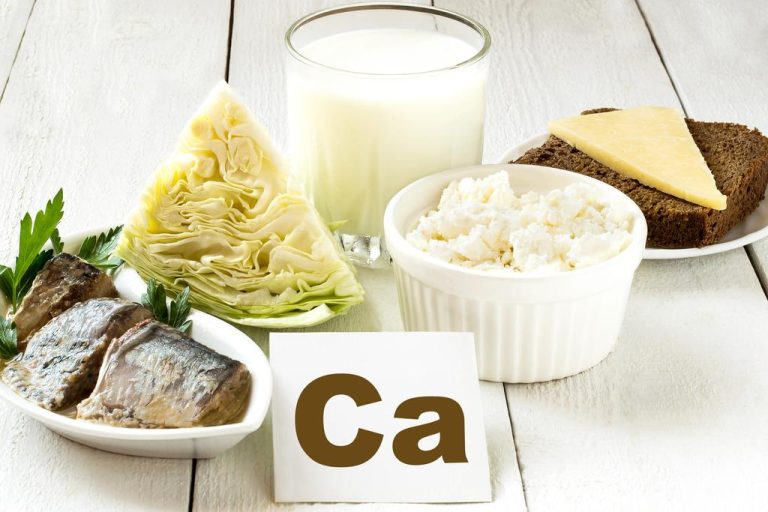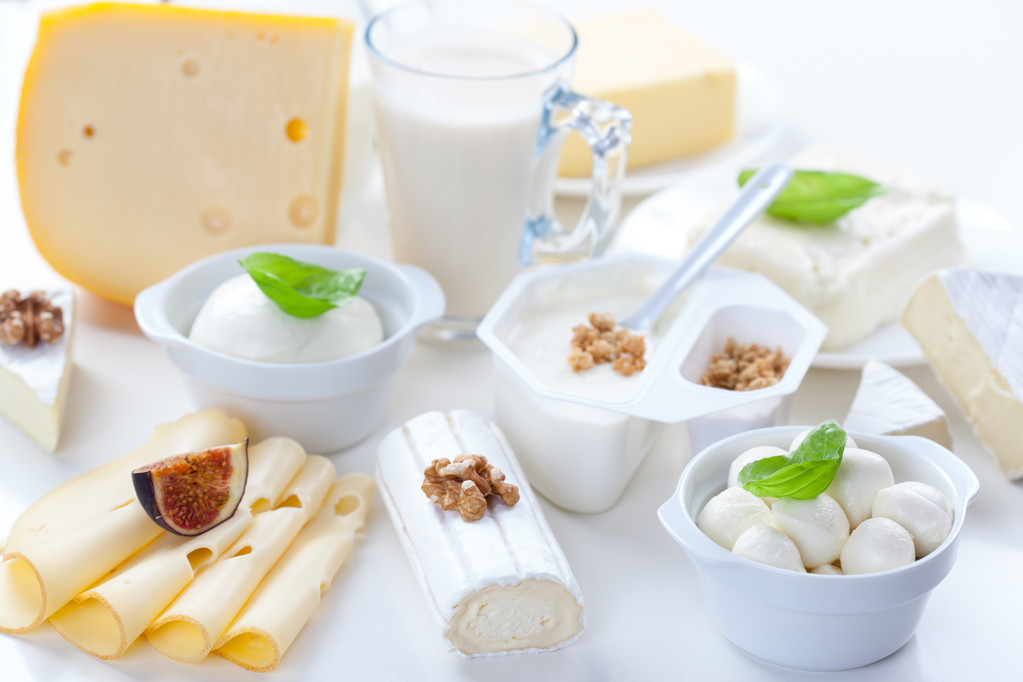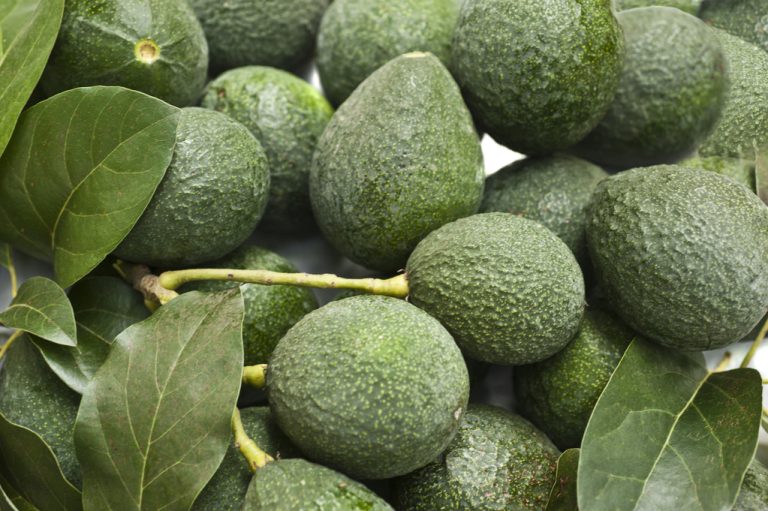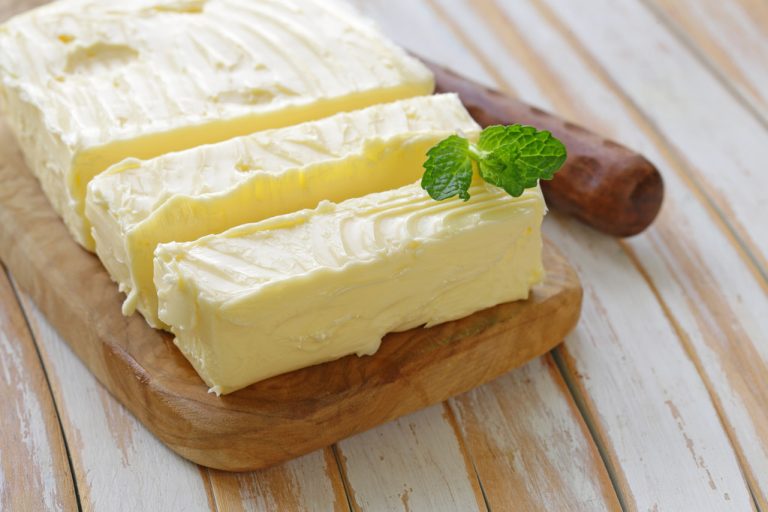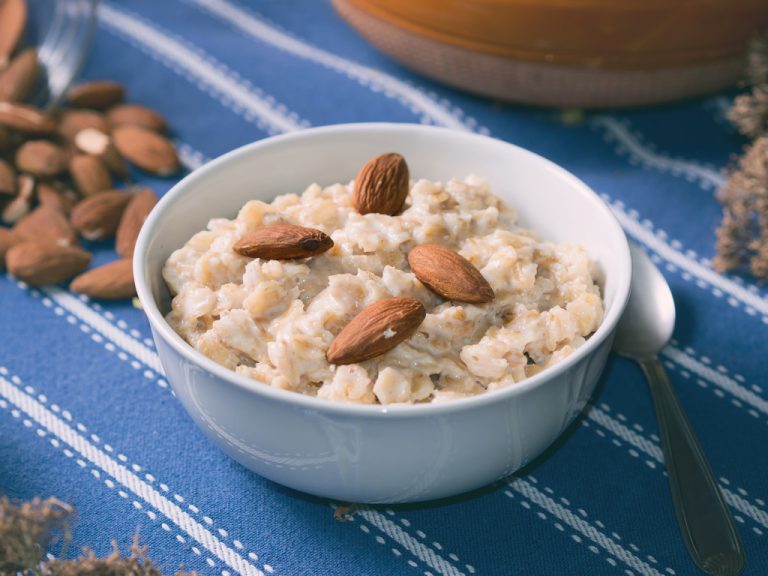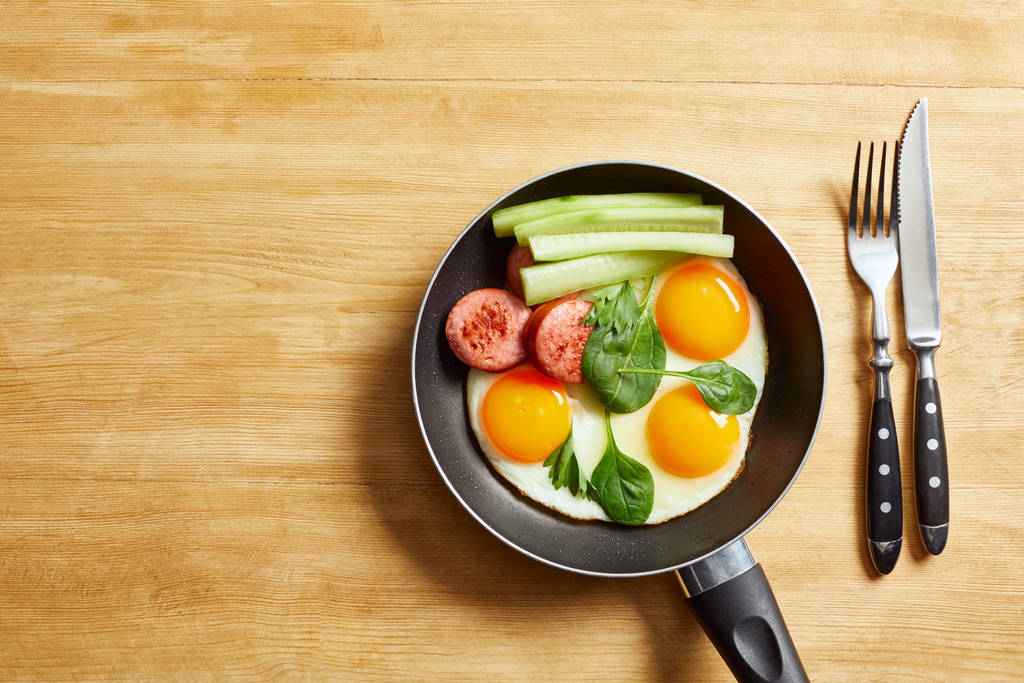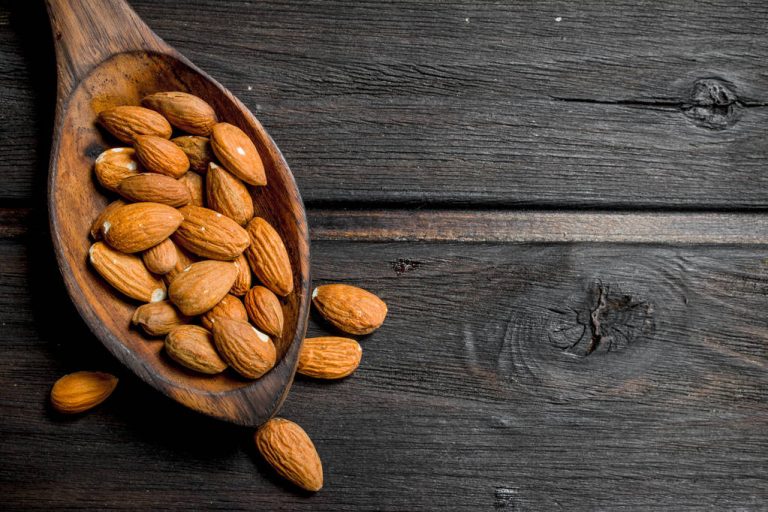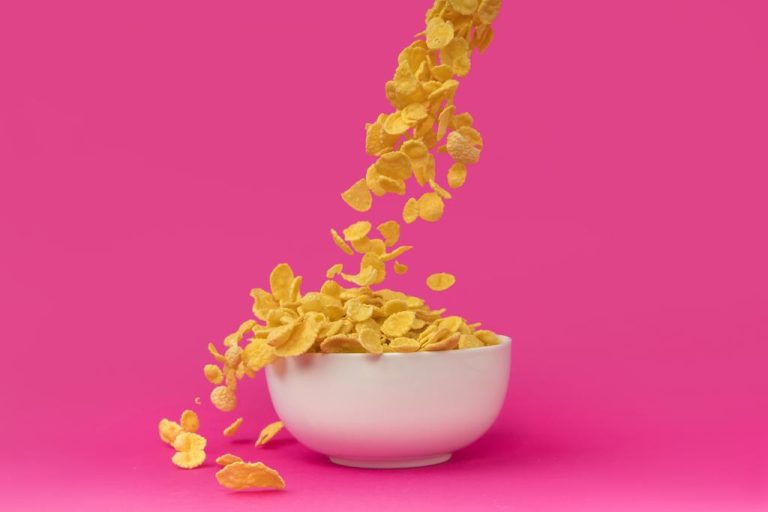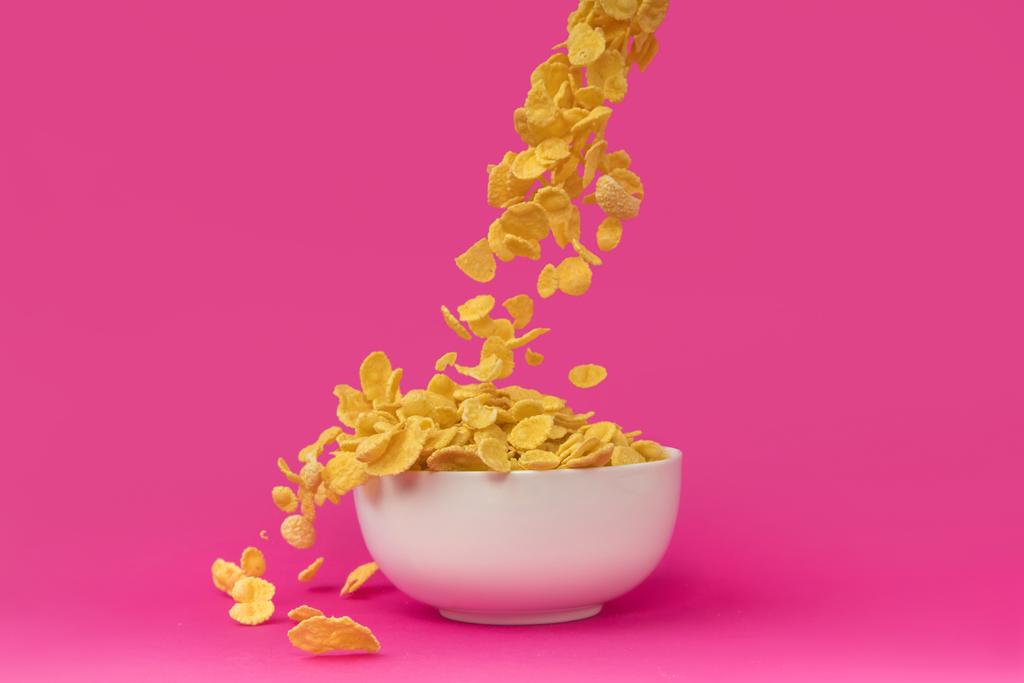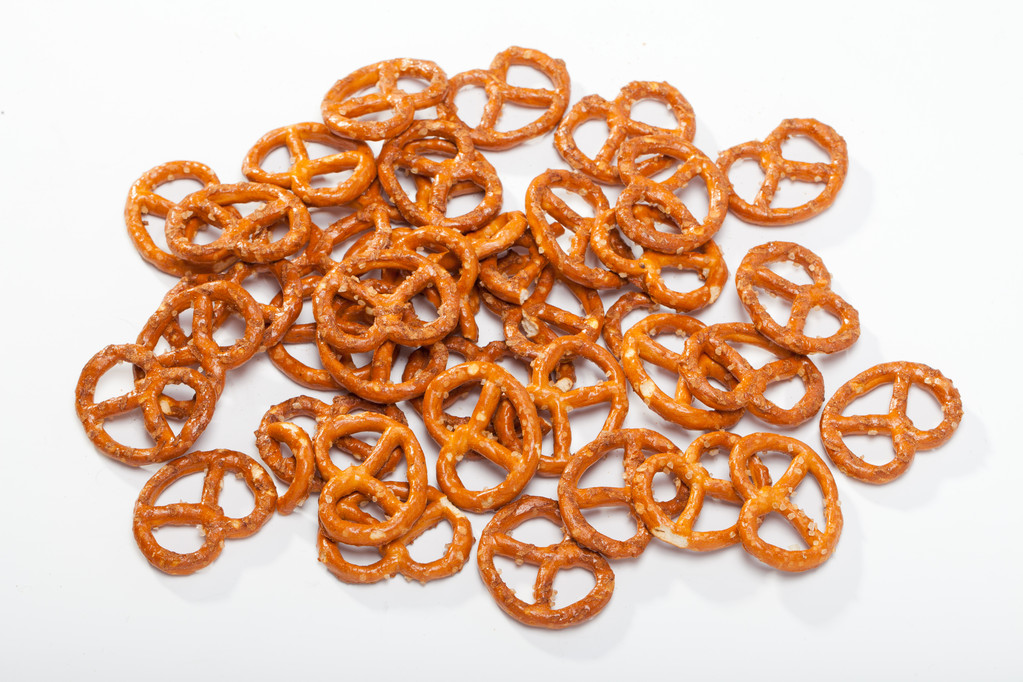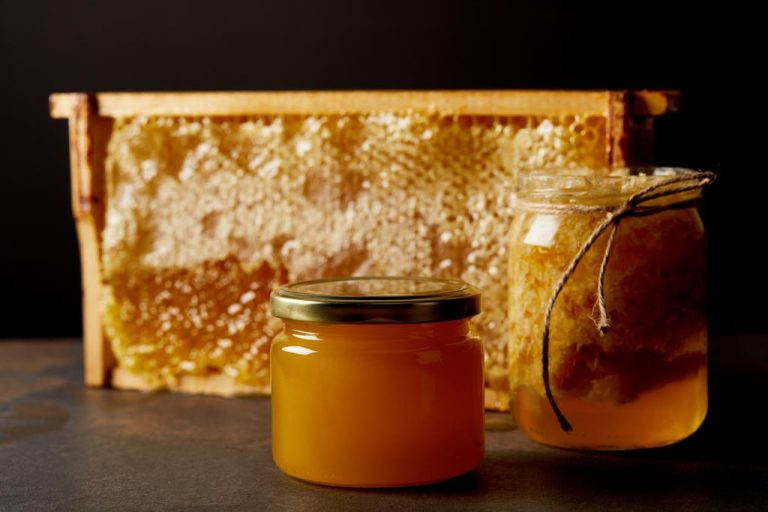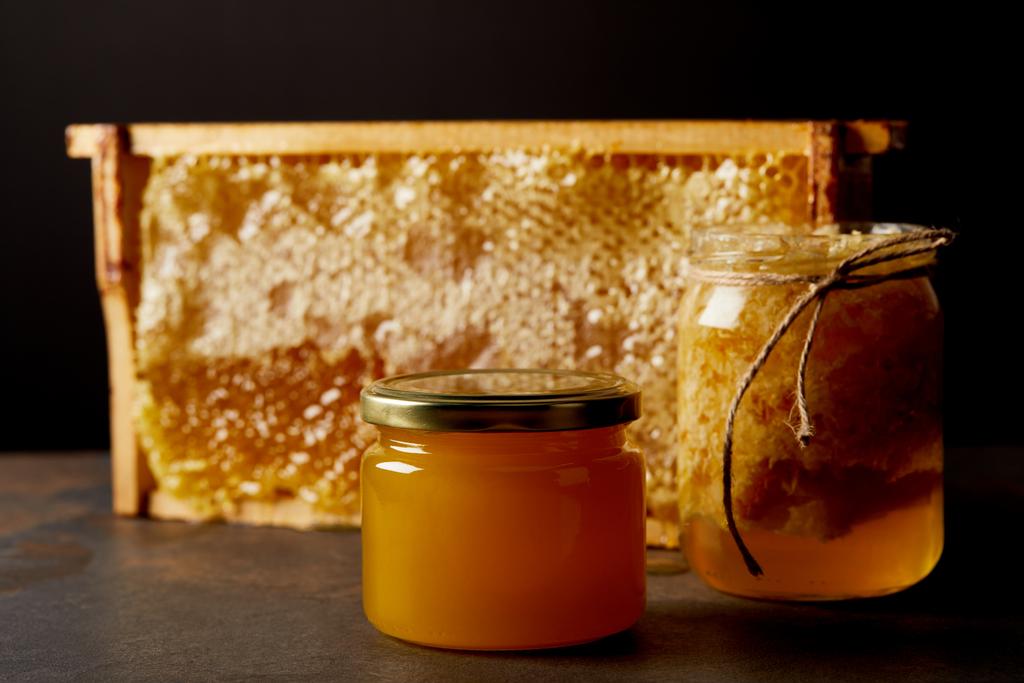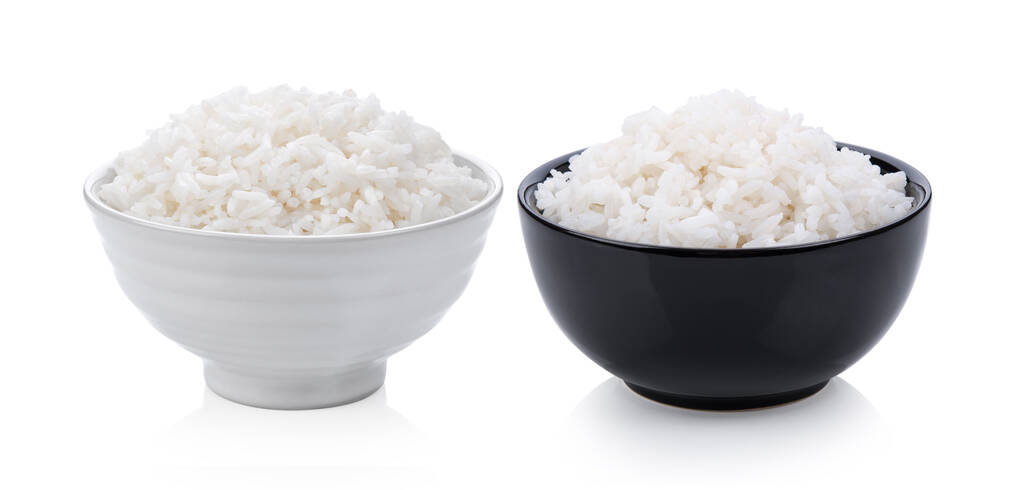Not only relevant for sports enthusiasts, but for everyone who wants to eat healthily: protein. Proteins have become a popular term, especially due to the fitness trend. Animal foods such as meat and milk are considered protein guarantors. What many do not know: many plant-based foods can compete with them. These are the vegetable protein bombs.

Benefits of plant-based protein sources
An egg has about eleven grams of protein. Not that much at all, considering that proteins owe their name to him.
It is well known that animal foods are harmful to health in large quantities. An egg, for example, contains five grams of fat and up to 280 mg of cholesterol, more than half the recommended daily allowance.
Plant-based sources of protein are a real alternative, not only because of the lack of cholesterol, but also because they fill you up for longer with the high levels of dietary fiber and secondary plant substances.
These are the vegetable protein bombs
But these are not the only advantages of plant-based protein sources. If you use protein sources from plants, you almost automatically avoid factory farming and the associated problems such as animal suffering or exposure to antibiotics. Another advantage of vegetable protein sources is the ecological footprint: the eco-balance of vegetable protein suppliers is generally better than that of animal protein sources. We have compiled a list of the top protein suppliers among plants for you.
Spirulina
Spirulina doesn’t tell you anything? No wonder, the superfood is only slowly making its way into the supermarkets. Spirulina is an alga found mainly in Mexican and partly African lakes. There, the algae have long been valued by primitive peoples for their anti-inflammatory and detoxifying effects. But that’s not all: 100 grams of spirulina contain a whopping 57 grams of protein.
Spirulina, which is considered a superfood, is now being cultivated or bred in a targeted manner. Although the alga is not a food in the narrower sense, but rather a dietary supplement, it is still the protein bomb par excellence. For comparison: Spirulina contains more than twice as much protein as beef.
The green-blue alga has a slightly fishy taste. If you like that, you can, for example, prepare a smoothie with a spoonful of spirulina powder and thus add almost eight grams of protein. Important: When buying spirulina products, you should always make sure that they are sustainably produced and certified.
wheat germ
Wheat germ is also a rather less well-known food in this country. Perhaps you know them from yoghurt or smoothies, for example. Wheat germ is actually – just like wheat bran – a “waste product” in flour production, even though it is very healthy. The oily wheat germ is located at the top of the wheat grain and accounts for only about three percent of the total weight. In addition to many B vitamins, vitamin E and other nutritional values, 100 grams of wheat germ also contain 32 grams of protein.
Overall, wheat germ contains 70 important nutrients, lots of fiber and also a lot of folic acid, which makes them particularly interesting for pregnant women. With their antioxidants, wheat germ also ensures beautiful and healthy skin and a healthy cardiovascular system. Wheat germ* is ideal as an addition to yoghurt, in a smoothie, in a salad or as wheat germ oil*. Wheat germ is high in calories, so two to three tablespoons a day is enough.
Important: Wheat germ is very sensitive to heat, so it should not be heated, boiled or baked, otherwise it will lose valuable nutrients.
hemp seeds
eat hemp seeds? Yes indeed. Competitive athletes have long discovered hemp protein for themselves. The seeds of industrial hemp – so everything is legal, no problem at all – contain many amino acids that the body cannot produce itself, but are very important for muscle building. In addition to this and the reported potency and fertility-enhancing effect, 100 grams of hemp seeds* contain 24 grams of protein, which is exactly as much as beef.
lenses
Lentils, a rather inconspicuous food that has it all. In addition to the many uses of legumes, lentils are also very healthy. Lentils, which, like all legumes, contain a lot of fiber and thus keep you full for a long time, also have a high zinc content, which stimulates the metabolism. In addition, 100 grams of lentils have 23 grams of protein – almost as much as beef – which also has a high biological value, i.e. can be easily absorbed by the body. Lentils are rightly the miracle cure for vegetarians and vegans.
pumpkin seeds
Nuts, kernels and seeds are healthy snacks for in between. They all have one thing in common: they all contain a lot of fat. For example, 100 grams of walnuts contain 65 grams of fat. Pumpkin seeds come off relatively well with their 19 grams of fat. In addition, the tasty seeds also contain all the essential amino acids and 19 grams of protein per 100 grams. The high lysine content also speaks in favor of the pumpkin seeds: lysine is an amino acid that ensures healthy bones and strong connective tissue. Chew on a handful of pumpkin seeds* regularly – your health will thank you.
quinoa
Quinoa: The South American plant is one of the pseudocereals and is one of the healthiest protein sources of all: It contains all the essential amino acids, with the high tryptophan content being particularly noteworthy. Tryptophan is an amino acid that stimulates the production of the happiness messenger serotonin and thus makes eating happy. In addition, quinoa is gluten-free and therefore also edible for people suffering from celiac disease. 100 grams of quinoa contain 13 grams of protein – significantly more than other grains.

Other plant-based protein sources
But that’s not the end of the list of plant-based protein sources. Other high-protein plants are (per 100 grams):
Soy flour – 40 grams of protein
Soybeans – 34 grams of protein
Peanuts – 25 grams of protein
Pine nuts – 24 grams of protein
Pistachios – 23 grams of protein
Peanut Butter – 22 grams of protein
Kidney beans – 22 grams of protein
Chia seeds – 21 grams of protein
Almonds – 20 grams of protein
Oats – 13 grams of protein

